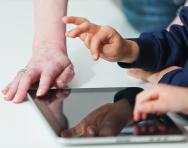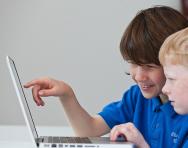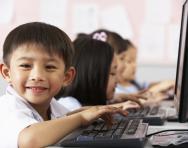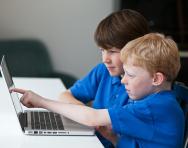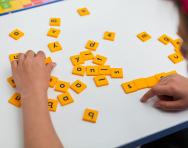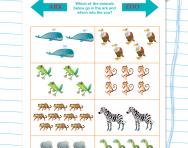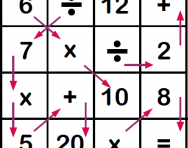Is technology changing the way children learn?
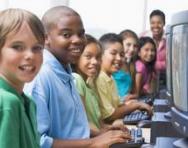
Technological innovations are moving faster than ever. In our own childhoods we had cassettes, video players and rotary home phones - all now obsolete. Indeed, many of us now wonder how we coped without technology we now take for granted, such as laptops, personal media players and Wi-Fi.
Technology also plays a role in the classroom. In the 80s a classroom was extremely lucky to have a computer, now children are learning mouse and keyboard controls during the Early Years Foundation Stage and many primary schools have ICT suites. By the end of primary school, children are also competent users of whiteboards, digital cameras, mobile phones, handheld games consoles and many more electronic devices.
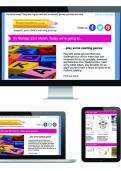
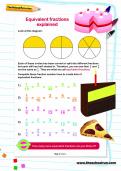
Boost your child's maths & English skills!
- Follow a weekly programme
- Maths & English resources
- Keeps your child's learning on track
With IT skills increasingly valued in the workplace and software skills a big draw on CVs, it’s understandable that parents want their children to learn new technologies in order to compete in the future workplace. It’s even been suggested that ICT should join English and maths in a triad of core skills that children need to understand and use. While research into the effectiveness of technology, the web and digital media within schools is in its infancy, both parents and schools are still keen to employ technological techniques. Indeed, with digital technology so widely available in family life, it seems only natural that school life follows.
How is ICT used in the classroom?
ICT is playing an increasingly fundamental part in class based learning.
This primarily involves using a computer to learn about keyboard skills, browsing the web and learning with interactive whiteboards. The latter is the modern day take on the blackboard. Instead of scratchy chalk scrawls, the whiteboard works with a projector and computer and can be used for a variety of activities such as software and multi-media demonstrations, presenting information and making digital notes over other information shown.
For the teacher, it is easier to present material to pupils, focus the attention of the class, and helps to involve students directly in activities. In other activities, digital cameras and video recorders enable children to record images and movies, helping them to gain awareness of their environment.
What ICT might be used in your child’s school?
- EFYS: Whiteboards for viewing images and drawing; computers and software for writing and drawing
- Year 1: Using a digital camera to photograph the environment around them
- Year 2: Creating images on a computer using different tools, such as ‘fill’ and ‘brush’
- Year 3: Learning how to send and receive emails and understand digital communication
- Year 4: Using a data package to present information such as pie charts
- Year 5: Introduction to spreadsheets, using labels and formulae
- Year 6: Creating multimedia presentations with complementing images and text

Give your child a headstart
- FREE articles & expert information
- FREE resources & activities
- FREE homework help
